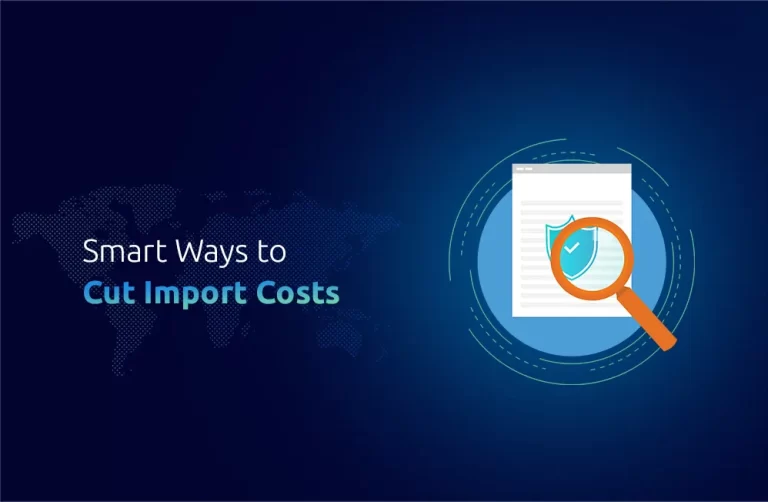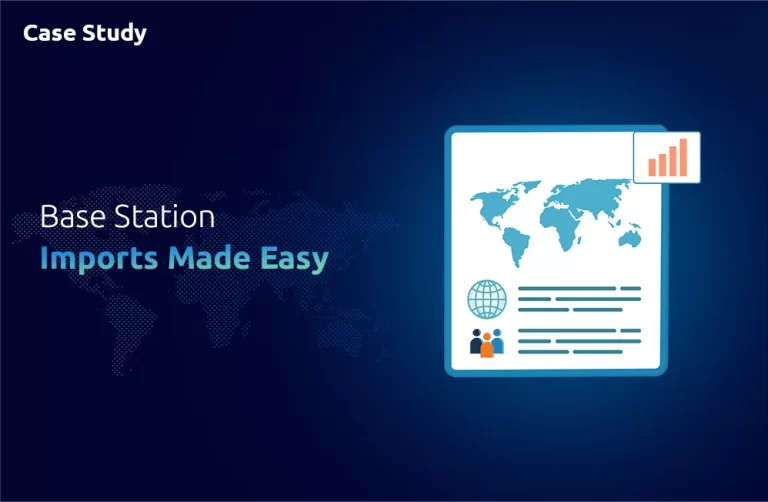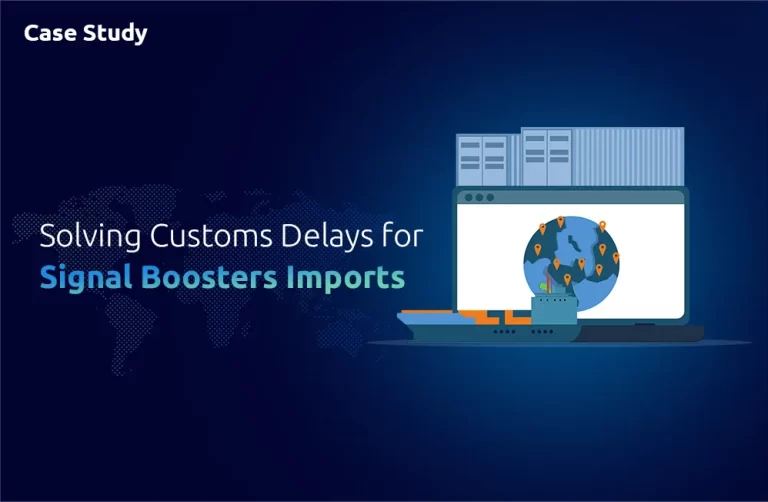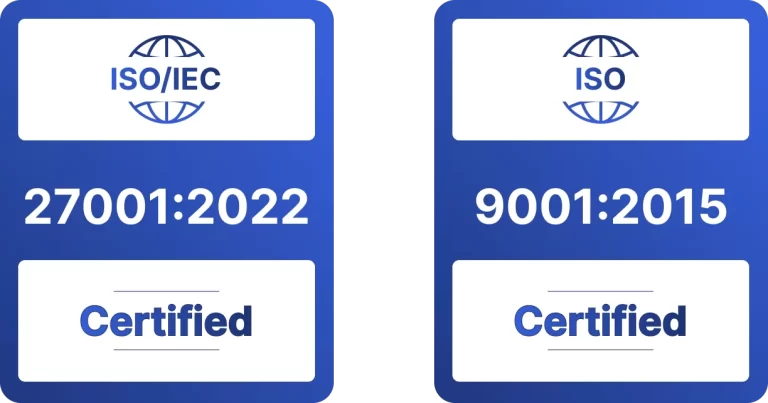Harmonized System:
Harmonized System (HS) Codes are mainly used in industrial sorting systems to identify and track transported products. The HS is a universal system for numerically identifying items exchanged across countries.
The World Customs Organisation (WCO) maintains and revises the HS code every five years. It is the basis for the United States and many other trade partners’ import and export categorization systems. The HS uses six-digit identifiers to identify categories and goods uniquely. For more specific categorization, countries may use lengthier codes beyond the first six.
Applying HS Codes in Real Life
There are six digits in the HS system, although you may have faced product codes that are longer. This is because HS codes in many nations may have further information added to them. The HS code is the first six digits used by most customs businesses for classifying products; the customs authority determines the remaining numbers.
International Trading Using HS Codes As An Example
There are ten digits in the US categorization system (Schedule B): the first six are the HS codes, and the US Census Bureau determines the remaining four. To correctly transport your items, you will need the HS code, the US Schedule B code, and the product code of the export destination country, as recommended by the US Department of Commerce.
Product origination and non-origination
The use of HS codes is important for overcoming several obstacles in international commerce. To avoid tariffs, your product may need to be “wholly obtained,” meaning its point of origin is inside your FTA.
Changing the commodity code from the imported inputs to the final exported items is one way to categorize the originating status. If the product is categorized under a different product code, then the inputs used to generate it might be non-originating.
How the HTS Functions
The Harmonized Tariff Schedule (HTS) is used to classify imported products according to their criteria. The most up-to-date version of the HTS may be viewed in its entirety on the USITC official website, where all 99 chapters and 22 sections are included. There are introduction notes for each part and chapter.
Refer to the HTS’s General Notes, General Rules of Interpretation (GRIs), and General Statistical Notes for descriptions that are more detailed and explanations of tariff rates and the classification of commodities.
Each product’s unique HTS code is determined by the chapter, heading, and subheading structure of the HTS. In all, about 10,000 unique product codes make up the HTS.
HS Codes And Their Significance In International Business
The HS code, short for the Harmonized System Code, has become an important part of many countries’ customs clearance systems due to its extensive adoption and adaptability as a global business language and standardized code for commodities. This system serves as a classification method to streamline international trade processes. Using the correct HS code and ensuring its proper interpretation is crucial, as errors may be deemed by customs as non-compliance, misleading, or misdeclaration, each carrying significant penalties. Assigning the correct HS code can be challenging, as different nations’ customs agencies often interpret the codes differently. When customs apply the wrong tax due to incorrect information in the HS code, it can significantly increase the cost of imported goods for clients.
In the business world, HS code are vital for electronic communications, such as those governed by the UN/EDIFACT regulations for Electronic Data Interchange in Administration, Commerce, and Transport. The widespread adoption of the Harmonized System code enhances its potential to become the gold standard for defining products across global platforms. This nearly universal acceptance enables authorities, such as port and customs agencies, to efficiently identify and classify merchandise.
Conclusion
If you are hoping to develop your business internationally without any problems, learning the HS and how to categorize your products with an HS code is useful.
Knowing the HTS and HTS code may help your company in many ways, including staying with laws and avoiding fines for non-compliance, as well as indicating where you import from and where you should avoid.
By understanding how to traverse the system and establishing an awareness of some of the most prevalent HS code blunders, you will prevent international import issues and catastrophes. Instead, you may concentrate your efforts on importing your goods into the United States, processing orders, and shipping products to consumers.
Did you know:
The Harmonized Product Description and Coding System, also known as the Harmonized System (HS) of tariff terminology is an internationally standardized system of names and numbers to classify traded products. It came into effect in 1988 and has since been developed and maintained by the World Customs Organization.
FAQs –
- What is the HSN code for the Harmonized System?
The Harmonized method of Nomenclature, or HSN, is a method for classifying products. It is regarded as the international standard for identifying commodities and was created by the World Customs Organisation (WCO).
- How is HST calculated?
To determine how much HST or federal tax to include in your trip claim, please utilize the HST Calculator.
- What is an example of an HSN code?
Products are listed under each topic and eventually given an HSN number. For instance, ferro-manganese, classified under ferro-alloys, has the HSN code 72.02. 01, where 01 is the product code found under Heading 02 of Chapter 72. 72.02 is the HSN code for further ferro-alloy items. - Is the HS Code the same in every country?
The six-digit HS Code is standardized globally, but countries may add additional digits (known as national tariff lines) for more specific classifications tailored to their needs. - What happens if an incorrect HS Code is used?
Using an incorrect HS Code can result in customs delays, miscalculated duties, penalties for misdeclaration, and even seizure of goods in extreme cases.










